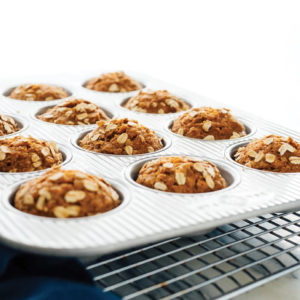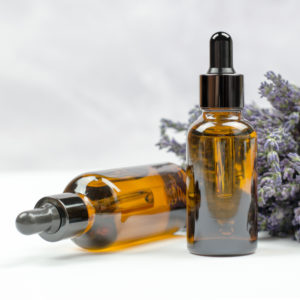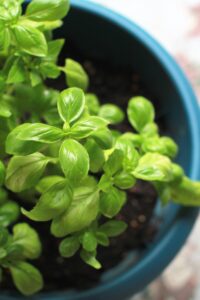
Nourishing Your Body For Health
Nourishing your body for health prevention, is important as the weather is changing, and we begin to have drier skin, stuffy noses,

There are numerous benefits to getting vitamin A into your diet: supporting our immune system, keeping our skin healthy and much more. And the history of vitamin A is fascinating. A bonus of vitamin A is that it is easy to find in foods; our Pumpkin muffins are a great way to get your vitamin A!
In 1913, McCollum and Daciis from the University of Wisconsin and Osborne and Mendel at Yale University discovered vitamin A; almost simultaneously. The scientists found that rats developed infected eyes and failure to grow when their diets lacked fats (vitamin A is a fat-soluble vitamin) and that butterfat or cod liver oil would remedy this problem.
From this, the scientists isolated vitamin A from the rats’ intestines; years later, in 1928, the yellow pigment in plants (beta-carotene) was seen as a precursor to vitamin A.
Retinols: animal sources.
Carotenoids: from plant sources which include beta-carotene.
The body converts beta-carotene to vitamin A. Retinol is the active form of vitamin A.
Liver, cod liver oil, sweet potato, mango, spinach, pumpkin ( see recipe below!), and kale are all great sources of vitamin a.
If you like a supplement, please shop here for high quality ones.
The benefits & history of vitamin A are both endless and fascinating!
Recipe Courtesy of @CookieandKate on Instagram
Thank you for this recipe!
INGREDIENTS
INSTRUCTIONS
xx
dr.heather

Nourishing your body for health prevention, is important as the weather is changing, and we begin to have drier skin, stuffy noses,

Aromatherapy can be one of the most powerful ways to change your mood and well-being. Finding an essential oil you respond to

Learning all about basil through an entertaining short story about the herb’s history, how to grow, and the best ways to cook
You have successfully joined our subscriber list.
